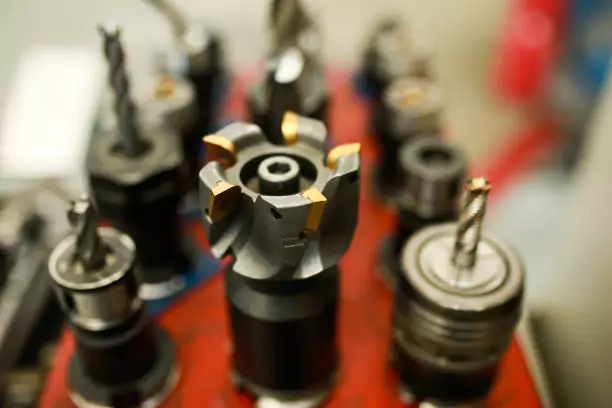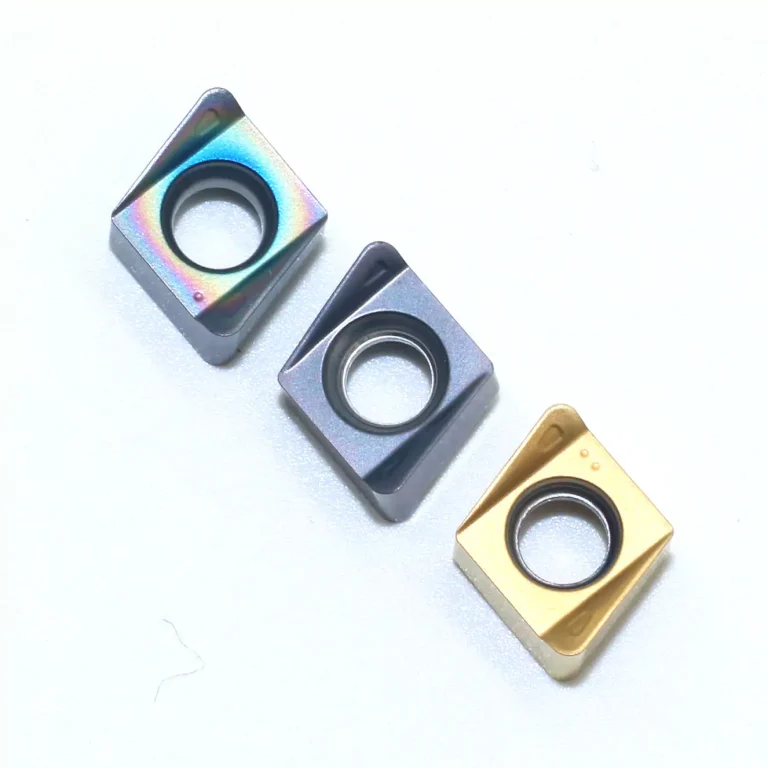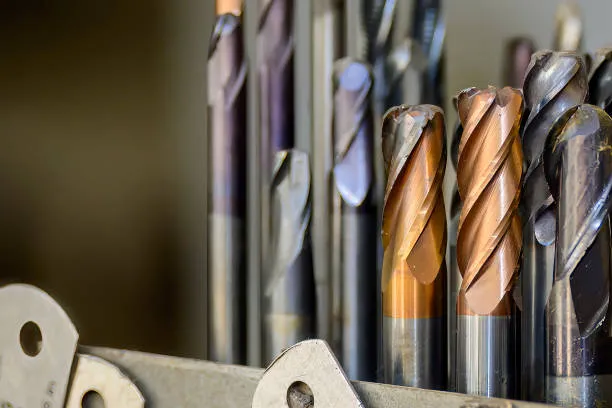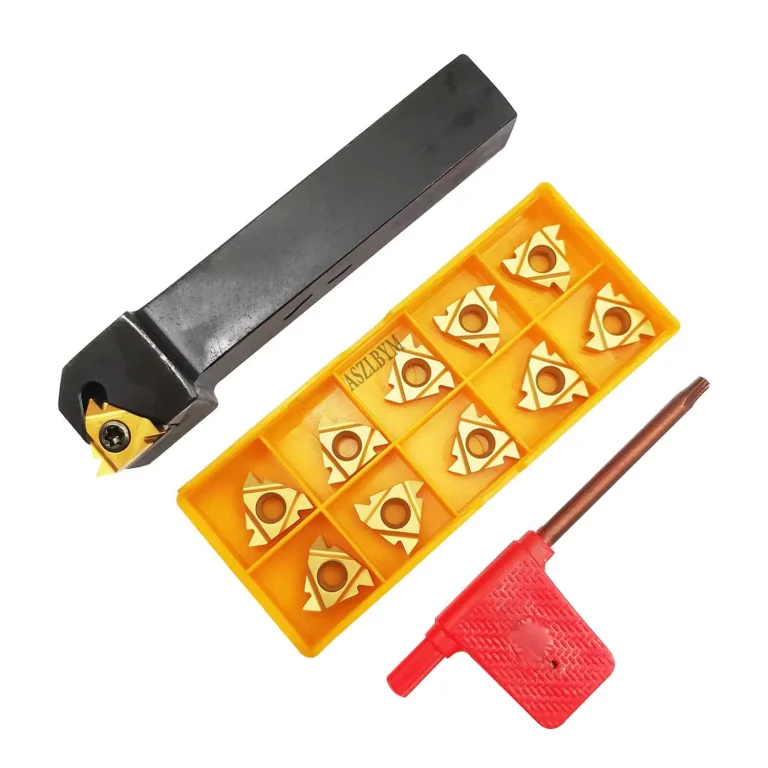What is Threading?
Threading is a method utilized to create helical structures on various materials, facilitating the connection of components with precision and stability. This technique is employed extensively in mechanical engineering, construction, and manufacturing sectors, among others. Understanding the nuances of threading is crucial for professionals and enthusiasts alike, as it directly impacts the integrity and functionality of assembled parts.
Definition and Purpose
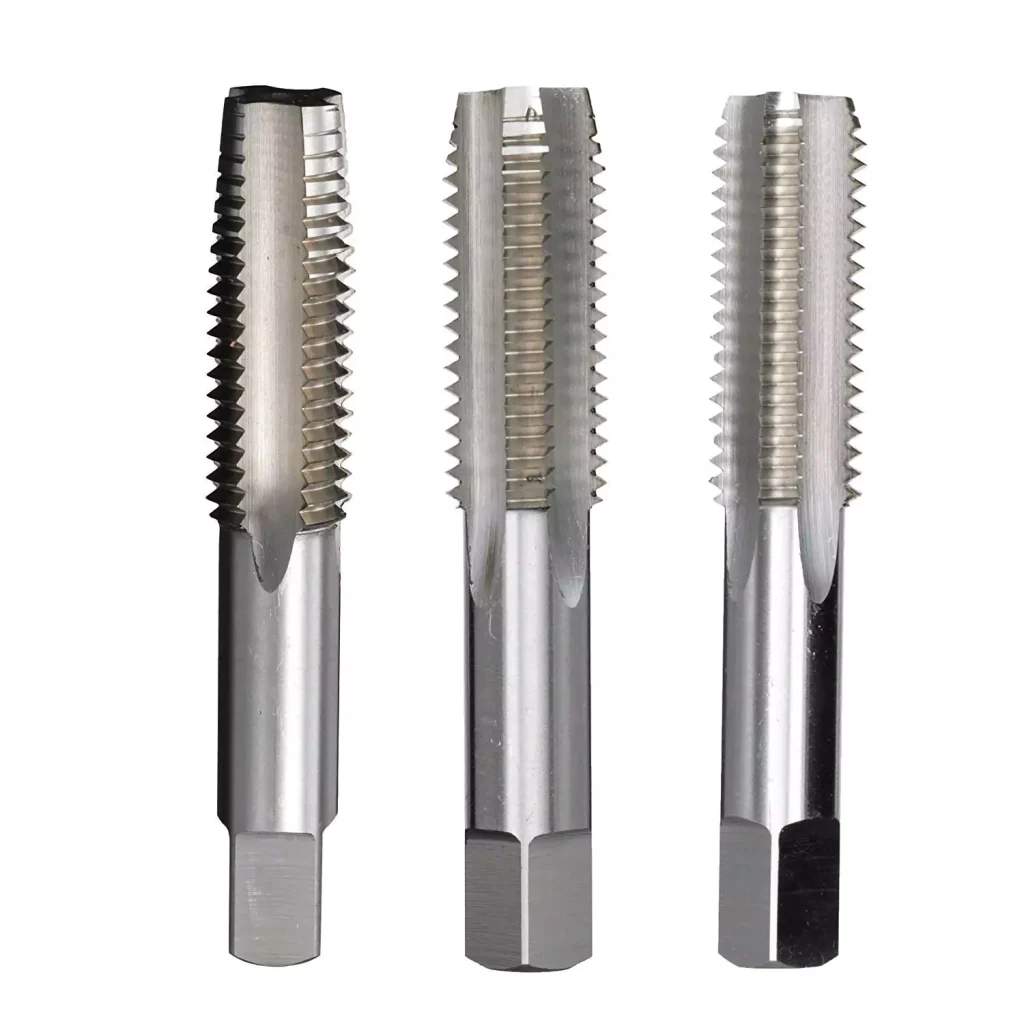
Threading involves the creation of helical ridges (threads) on cylindrical objects, which allows them to be screwed together or into another object. These threads can either be external or internal, known respectively as male and female threads.
Helical Structure and Rotational Force
At its core, threading generates a spiral groove on the surface of a material, effectively transforming rotational force into linear motion. This helical structure provides a mechanism for forming sturdy joints that can withstand significant forces and vibrations, making it indispensable in various industrial applications.
Male and Female Threads
Male threads are external threads found on screws and bolts, while female threads are internal threads found inside nuts or holes. When these complementary threads interlock, they form a robust and secure connection capable of sustaining considerable stress and strain. Understanding the interplay between male and female threads is essential for selecting the right components and tools for specific applications.
Thread Forms and Dimensions
Threads come in various shapes and sizes, collectively known as thread forms or profiles. Each form has unique attributes, tailored to specific applications and requirements.
Key Differentiators: Thread Angle, Diameter, Pitch
- Thread Angle: The angle formed between the sides of the thread. A critical factor in determining the thread’s strength and load-bearing capacity.
- Diameter: The distance across the thread, crucial for ensuring compatibility with corresponding components.
- Pitch: The distance between consecutive threads. A finer pitch allows for more precise adjustments, while a coarser pitch offers greater strength.
Common Thread Forms
Understanding the common thread forms is vital for professionals as it enables them to identify the suitable threading tools and techniques for their projects.
Metric
Metric threads, characterized by their pitch measured in millimeters, are widely used in Europe and many other parts of the world. They follow the International Organization for Standardization (ISO) guidelines, making them universal and easy to standardize.
UNC/UNF
Unified National Coarse (UNC) and Unified National Fine (UNF) threads are prevalent in the United States. UNC threads have a coarser pitch, providing greater strength and resistance to stripping, while UNF threads have a finer pitch, allowing more precise adjustments.
BSP, BSW, BSPT
British Standard Pipe (BSP), British Standard Whitworth (BSW), and British Standard Pipe Tapered (BSPT) threads are common in British and international applications. These threads are distinguished by their specific angles and diameters, making them suitable for particular industrial requirements.
NPT/NPTF
National Pipe Thread (NPT) and National Pipe Thread Fuel (NPTF) are tapered threads that ensure a leak-proof seal without the need for additional sealants. They are widely used in plumbing and gas fitting applications.
Trapezoidal Threads
Trapezoidal threads have a trapezoidal shape, providing high load-bearing capacity and wear resistance. They are often used in lead screws and heavy-duty machinery, where durability is paramount.
Measurement Systems
Thread measurement systems differ based on geographic and industrial standards, primarily falling into two categories: Metric and Imperial.
Metric (Pitch)
Metric threads are measured using the pitch, which is the distance between adjacent threads expressed in millimeters. This system offers precise control, making it ideal for applications requiring minimal tolerances.
Imperial (TPI)
Imperial threads, measured in threads per inch (TPI), are commonly used in the United States and a few other regions. This system provides a straightforward approach to thread identification and compatibility.
Types of Threading Tools
Threading tools are essential in the creation and maintenance of threads. They come in various forms and are selected based on the specific requirements of the task at hand.
Hand Taps
Hand taps are fundamental tools used for creating internal threads in holes, typically in metal or plastic. They are manually operated and require precision and care to ensure quality results.
Definition and Use
Hand taps cut threads by advancing into the pre-drilled hole. The taps’ flutes remove material from the hole, forming the threads necessary for securing screws or bolts. They are widely used in maintenance, repair, and small-scale production settings.
Types of Hand Taps
There are three main types of hand taps, each with unique features suited to different stages of the threading process.
Taper Hand Tap
Taper hand taps have a gradual taper at the starting end, making them ideal for initiating the threading process. This gradual engagement reduces torque and makes it easier to start threading accurately.
Second Hand Tap
Second hand taps, also known as intermediate taps, have a middle-ground taper. They are used after the taper tap to continue the threading process with greater precision. They refine the threads started by taper taps, ensuring smooth and uniform threading.
Plug Hand Tap
Plug hand taps, with a short taper, are used for finalizing the threads. They produce a fully threaded hole right to the bottom, making them essential for blind holes where the threading must reach the full depth.
Machine Taps
Machine taps are designed for use with power-driven machinery, such as milling machines and lathes. They streamline the threading process, making it faster and more efficient, particularly in high-volume production environments.
Milling Machine and Lathe Applications
Machine taps are employed in both milling machines and lathes, where they are driven by rotating spindles. In milling machines, the tap is typically held in a tap holder or chuck and advanced into the workpiece at a controlled feed rate. In lathe applications, the workpiece rotates while the tap advances linearly. These setups allow for precise control over the threading process, ensuring high-quality results.
Types of Machine Taps
Machine taps come in various forms, each designed for specific applications and material types.
Spiral Point Taps
Spiral point taps, also known as “gun taps,” have a design that pushes chips ahead of the cutting edges. This feature makes them ideal for through-hole applications, as it helps maintain a clean and unobstructed thread path.
Spiral Flute Taps
Spiral flute taps are designed to pull chips back out of the hole, making them suitable for blind hole applications. The spiral flutes help clear the chips effectively, reducing the risk of clogging and ensuring a smooth threading process.
Straight Fluted Taps
Straight fluted taps are versatile and suitable for both hand and machine tapping. They are often used in applications where the material is relatively soft, and chip evacuation is less of a concern.
Benefits of Machine Tapping
The use of machine taps offers several advantages over hand tapping, particularly in terms of efficiency and consistency.
Speed and Feed Rates
Machine tapping allows for controlled speed and feed rates, making the process faster and more consistent. This precision reduces the likelihood of tap breakage and ensures uniform thread quality across multiple parts.
Chip Evacuation and Thread Quality
Effective chip evacuation is critical for maintaining thread quality, especially in blind holes. Machine taps, particularly spiral flute and spiral point taps, are designed to manage chips efficiently, resulting in cleaner and more precise threads.
Indexable Solutions
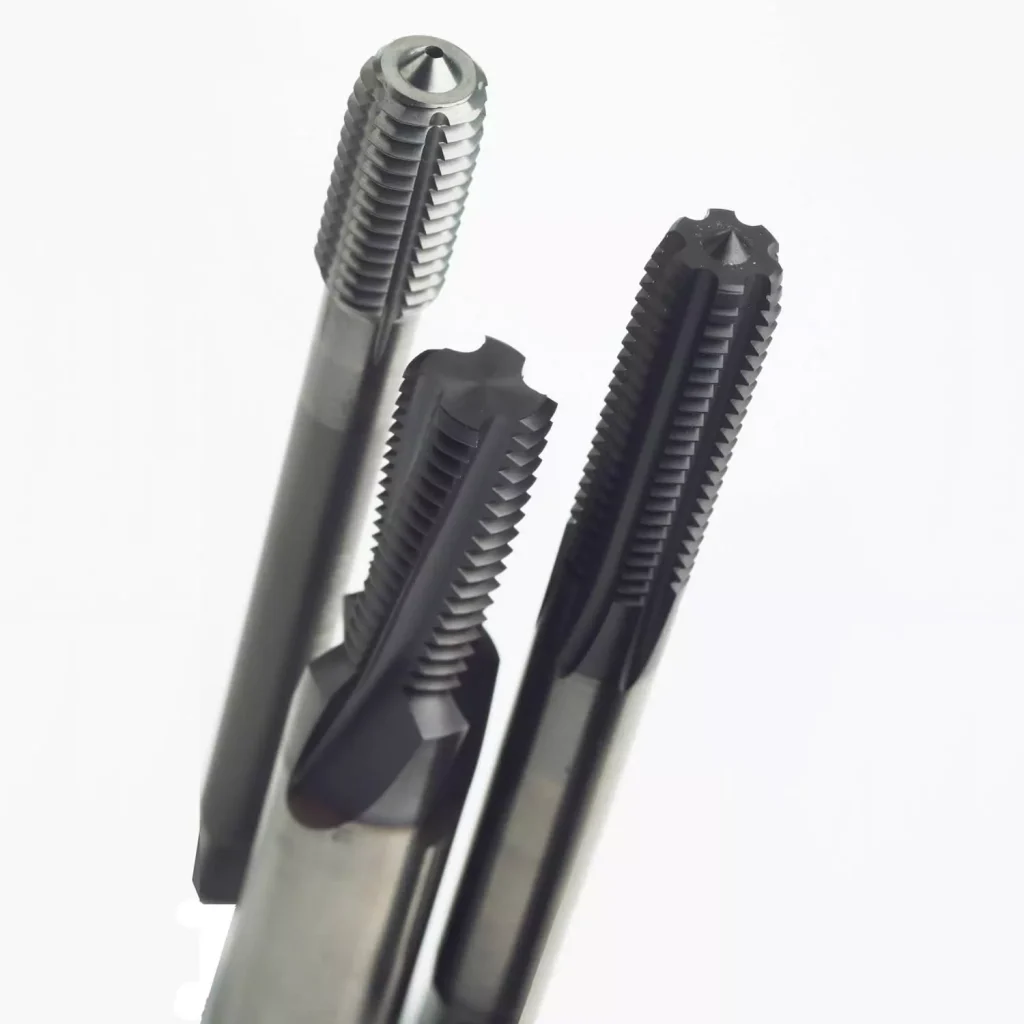
Indexable solutions offer flexibility and cost-effectiveness by using replaceable inserts rather than solid tools. They are widely used in various threading applications due to their efficiency and adaptability.
Single Point Threading (Laydown Thread Turning)
Single point threading, or laydown thread turning, involves a holder and insert system used primarily on lathes. An indexable insert is mounted in a tool holder and engaged with the rotating workpiece to cut threads.
Holder and Insert System
The holder and insert system provides flexibility, as different inserts can be used with the same holder for various threading profiles. This interchangeability reduces tool changeover time and costs, making it an efficient solution for diverse threading needs.
Application on Lathes
Laydown thread turning is commonly used on lathes for producing custom threads or small batch runs. It allows for precise control over thread profile, pitch, and diameter, making it suitable for complex and high-precision threading tasks.
Thread Mills
Thread mills are versatile tools used in NC and CNC machines to create internal and external threads. They offer several advantages, including the ability to produce threads with high precision and surface finish.
Solid and Indexable Thread Mills
Thread mills come in solid and indexable varieties. Solid thread mills are single-piece tools, while indexable thread mills use replaceable inserts. Indexable thread mills are particularly cost-effective for high-volume production, as worn inserts can be easily replaced.
NC and CNC Machine Applications
Thread mills are extensively used in NC (Numerical Control) and CNC (Computer Numerical Control) machines, where they provide excellent control over the threading process. The ability to program precise movements ensures high-quality threads with minimal variability.
Types of Thread Mills
Helical Flute
Helical flute thread mills have a spiral design that aids in chip evacuation, making them suitable for high-speed applications. They are often used for threading materials that tend to create long, stringy chips.
Straight Flute
Straight flute thread mills are designed for general-purpose threading. They are versatile and can be used in a variety of materials and applications, offering a balance between performance and cost.
Multi-Flute
Multi-flute thread mills have multiple cutting edges, allowing for faster material removal and increased productivity. They are ideal for high-volume threading applications where speed is a critical factor.
Single Tooth and Miniature Thread Mills
Single tooth thread mills and miniature thread mills are used for fine, precise threading tasks. They are often employed in applications requiring small diameter threads, such as those found in the electronics and medical device industries.
Thread Turning vs. Thread Milling
Thread turning and thread milling are two primary methods for creating threads, each with its own set of advantages and limitations.
Fundamental Differences
Milling Machine vs. Lathe
Thread milling is performed on milling machines, where the tool rotates and moves along the workpiece to create threads. In contrast, thread turning is done on lathes, where the workpiece rotates while the tool advances to cut the threads. Each method has unique benefits suited to different applications.
Size and Diameter Considerations
Thread milling is generally better suited for small to medium-sized threads, particularly when high precision and surface finish are required. Thread turning, on the other hand, is more efficient for larger diameter threads, where material removal rates and structural integrity are critical factors.
Advantages of Each Method
Thread Milling Benefits
Wear Resistance
Thread mills typically have superior wear resistance compared to traditional threading tools. This longevity translates to fewer tool changes and lower maintenance costs, particularly in high-volume production environments.
Precise Threads and Superior Surface Finish
Thread milling allows for the production of precise threads with excellent surface finish. The ability to control cutting parameters through CNC programming ensures consistency and quality, making this method ideal for applications requiring tight tolerances and fine finishes.
Thread Turning Benefits
Cost-Effectiveness for Larger Diameters
Thread turning is generally more cost-effective for larger diameter threads, as it involves fewer passes and material removal sequences. The simplicity of single point threading tools also contributes to lower initial tool costs and reduced complexity in tool setup.
Simplicity and Ease of Use
Thread turning setups are typically simpler and easier to configure compared to thread milling. This straightforwardness makes it accessible for various applications, particularly in manual and lower-volume production settings.
Skill and Complexity
Programming Skills for Thread Milling
Thread milling requires proficient CNC programming skills to achieve optimal results. Operators need to configure cutting paths, speeds, and feeds precisely to ensure thread quality and tool longevity. This complexity can be a barrier for those without extensive CNC experience.
Simplicity of Thread Turning Setup
Thread turning setups are generally less complex and do not require the same level of precision programming as thread milling. This simplicity can be advantageous in environments where quick setups and flexibility are paramount.
Solid vs. Indexable Threading Tools
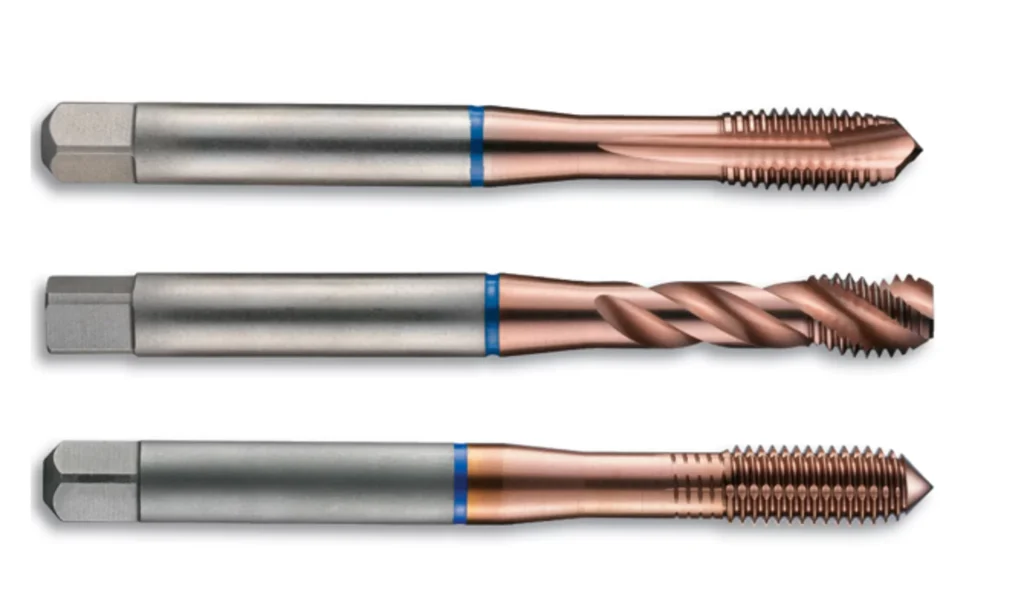
Solid threading tools are single-piece tools designed for specific thread types and sizes. They offer high rigidity and durability but can be more costly to replace once worn. Indexable threading tools, with replaceable inserts, provide flexibility and cost-effectiveness, particularly in high-production contexts. Each type has its applications and benefits depending on the threading requirements and production volume.
Recap of Key Insights
Summary of Threading Tools and Techniques
Threading is a vital process in various industries, enabling secure and precise connections between components. Understanding the different threading tools, such as hand taps, machine taps, and indexable solutions, is crucial for selecting the right tool for the job. Each tool type has specific applications and advantages, from the simplicity of hand taps to the efficiency of machine taps and the flexibility of indexable solutions.
Importance of Choosing the Right Tool for the Job
Selecting the appropriate threading tool and method is essential for achieving high-quality threads, maintaining efficiency, and reducing costs. Factors such as thread size, material, production volume, and required precision should guide the choice of threading tools and techniques.
Final Thoughts and Recommendations
Threading tools and methods are diverse, each offering unique benefits suited to specific applications. Professionals should evaluate their threading needs carefully, considering factors such as material, size, and production requirements, to choose the most suitable tools and techniques. By doing so, they can ensure optimal threading performance, quality, and efficiency in their projects.
